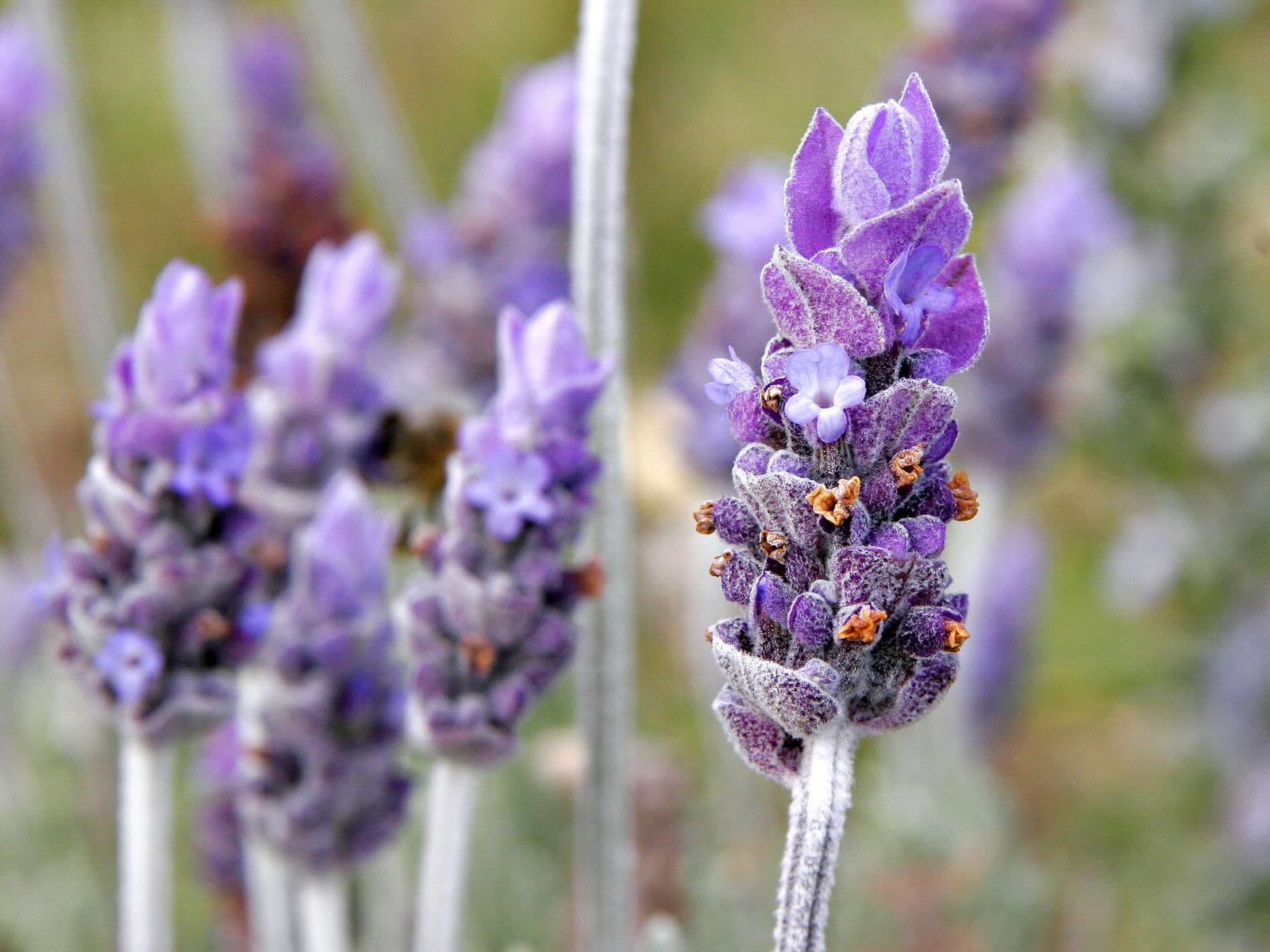
Lavandula, commonly known as lavender, is a beloved plant famous for its fragrant flowers and essential oils. But did you know there's more to this purple beauty than meets the eye? Lavender has a rich history, diverse uses, and some surprising facts that might just make you appreciate it even more. From its origins in the Mediterranean to its role in ancient rituals, lavender has woven itself into the fabric of many cultures. Whether you're a gardening enthusiast, a history buff, or someone who simply enjoys a calming scent, these 27 facts about lavender will enlighten and entertain. Ready to learn something new about this versatile plant? Let's dive into the world of Lavandula!
What is Lavandula?
Lavandula, commonly known as lavender, is a genus of 47 known species of flowering plants in the mint family, Lamiaceae. Native to the Old World, lavender is found in Cape Verde, the Canary Islands, Europe, northern and eastern Africa, the Mediterranean, southwest Asia, and southeast India. Let's dive into some fascinating facts about this aromatic plant.
Historical Significance of Lavender
Lavender has a rich history that spans centuries. It has been used in various cultures for its medicinal, culinary, and aromatic properties.
- Ancient Egyptians used lavender in the mummification process.
- Romans added lavender to their baths for its fragrant and antiseptic qualities.
- During the Renaissance, lavender was used to protect against the plague.
- Queen Elizabeth I of England drank lavender tea to relieve migraines.
- In World War I, lavender oil was used to disinfect wounds.
Botanical Characteristics
Lavender's unique botanical features make it easily recognizable and highly valued in gardens and landscapes.
- Lavender plants have narrow, elongated leaves covered in fine hairs.
- The flowers are typically purple, but some species have pink, blue, or white blooms.
- Lavender is a perennial plant, meaning it lives for more than two years.
- The plant thrives in well-drained soil and full sunlight.
- Lavender can grow up to three feet tall, depending on the species.
Uses of Lavender
Lavender's versatility extends beyond its beauty and fragrance. It has numerous applications in various fields.
- Lavender oil is widely used in aromatherapy for its calming effects.
- Dried lavender flowers are often used in potpourri and sachets.
- Culinary lavender adds a unique flavor to desserts, beverages, and savory dishes.
- Lavender is a common ingredient in cosmetics and skincare products.
- The plant is also used in traditional medicine to treat anxiety, insomnia, and headaches.
Lavender in Culture and Symbolism
Lavender holds significant cultural and symbolic meanings in different societies.
- In Victorian times, lavender symbolized purity, calmness, and devotion.
- In France, lavender fields are a symbol of Provence and attract many tourists.
- Lavender is often associated with the crown chakra in spiritual practices.
- The plant is a symbol of love and protection in folklore.
- In literature, lavender often represents serenity and grace.
Environmental Benefits of Lavender
Lavender is not only beneficial to humans but also to the environment.
- Lavender attracts pollinators like bees and butterflies, supporting biodiversity.
- The plant is drought-resistant, making it an eco-friendly choice for gardens.
- Lavender can repel pests such as mosquitoes and moths.
- Its deep roots help prevent soil erosion.
- Lavender can improve soil health by adding organic matter.
Fun Facts About Lavender
Here are some quirky and lesser-known facts about lavender that might surprise you.
- Lavender was used as a strewing herb in medieval castles to mask odors.
- The name "lavender" comes from the Latin word "lavare," meaning "to wash."
Lavender's rich history, diverse uses, and environmental benefits make it a truly remarkable plant. Whether you're a gardener, a cook, or someone who enjoys natural remedies, lavender has something to offer.
The Final Scoop on Lavandula
Lavandula, or lavender, isn't just a pretty plant. It's packed with history, uses, and benefits. From ancient Egyptians using it in mummification to modern-day aromatherapy, lavender's versatility is impressive. It's not just about the fragrance; lavender can help with anxiety, insomnia, and even skin conditions. Plus, it's a pollinator's dream, attracting bees and butterflies to your garden.
Growing lavender is relatively easy. It thrives in sunny, well-drained spots and requires minimal maintenance. Whether you're a seasoned gardener or a newbie, lavender is a great addition to any garden.
So, next time you see those purple blooms, remember there's more to lavender than meets the eye. It's a plant with a rich past and a promising future, offering both beauty and utility. Happy gardening!
Was this page helpful?
Our commitment to delivering trustworthy and engaging content is at the heart of what we do. Each fact on our site is contributed by real users like you, bringing a wealth of diverse insights and information. To ensure the highest standards of accuracy and reliability, our dedicated editors meticulously review each submission. This process guarantees that the facts we share are not only fascinating but also credible. Trust in our commitment to quality and authenticity as you explore and learn with us.
